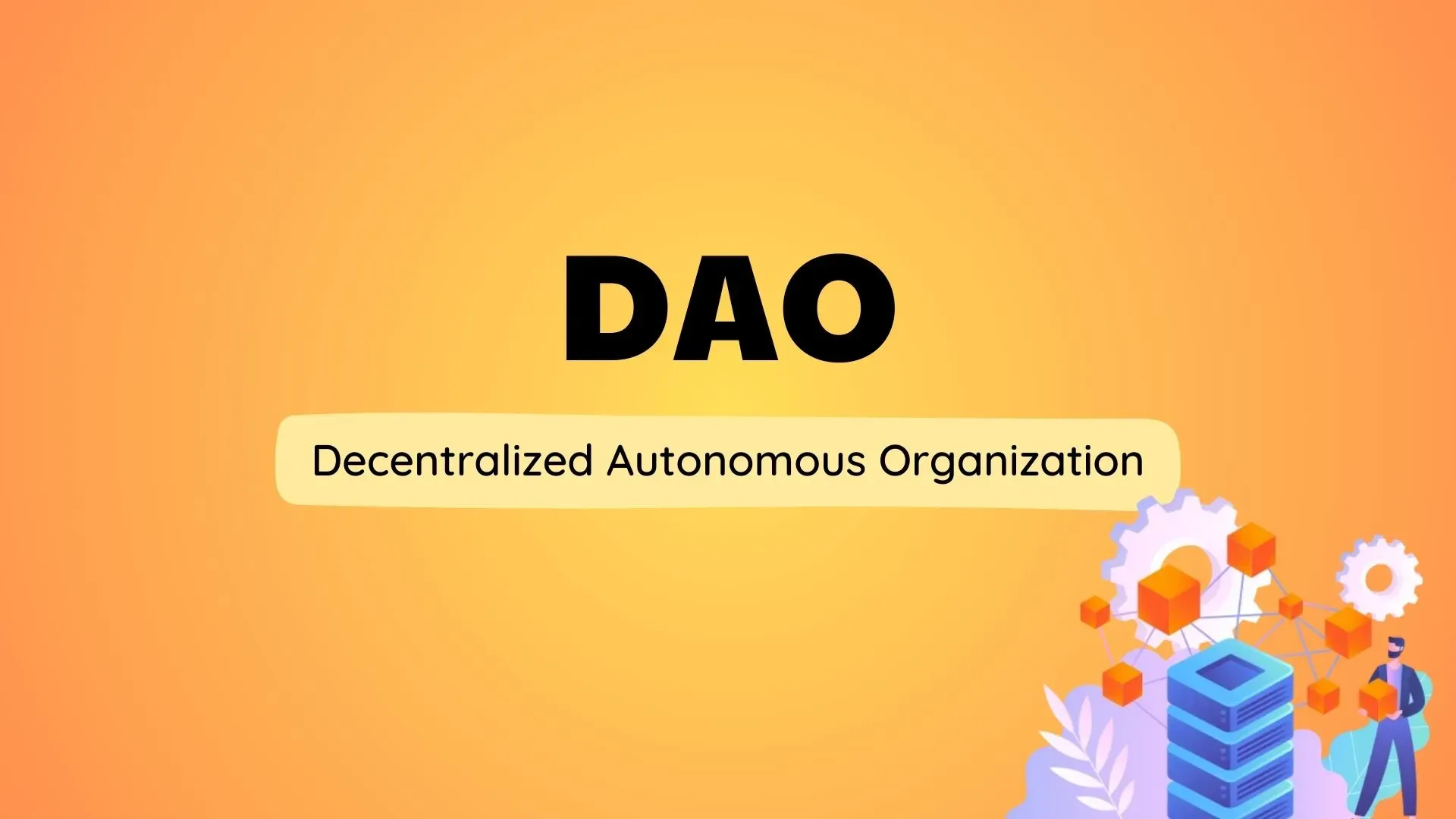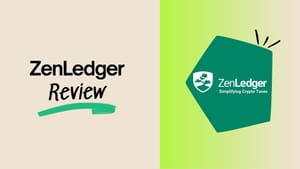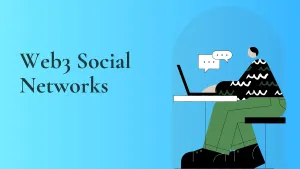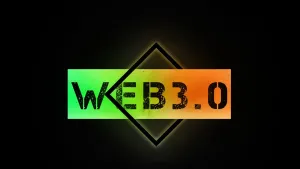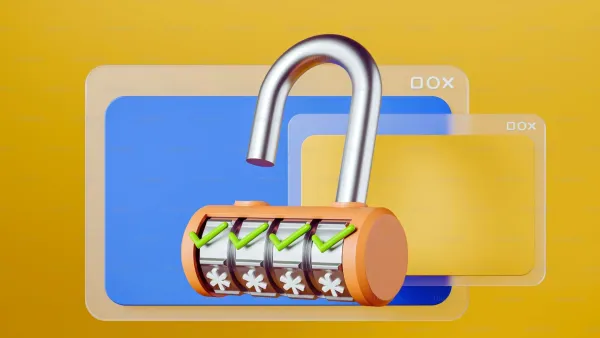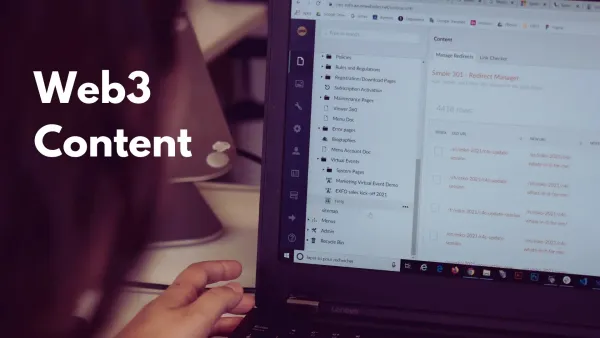The world of cryptocurrencies is rapidly evolving, capturing the attention of mainstream corporations and financial institutions, and developing new methods to utilize crypto holdings. This dynamic field is seeing considerable excitement, especially with the rise of Decentralized Autonomous Organizations (DAOs).
DAOs are blockchain-based organizations that are owned and managed by their communities. Adhering to the core principles of blockchain technology, such as decentralization, transparency, and security, DAOs offer an innovative alternative to traditional hierarchical management systems. They are not only popular currently but are also expected to gain wider popularity among the general public soon.
In this article, we will look into everything that we need to know about DAOs.
What Are DAOs?
Decentralized autonomous organizations or DAOs are organizational structures that are bound by the members. It is controlled by token holders or shareholders and not by a central authority.
DAOs are embedded in the blockchain and run through smart contracts. They enable users to collaborate with individuals all across the world. Members can create rules and vote on crucial issues using blockchain without the need for a central administration.
DAOs are open source since they run on public blockchains. Unlike traditional organizations, the activities and cash flows that occur in a DAO are accessible to anyone, this drastically reduces the danger of corruption and censorship.
In contrast to the situation where a majority of shareholders lack access to a company's financial status, DAOs have a public blockchain balance sheet where every transaction is transparent and documented. Since all financial transactions are logged on the blockchain, anybody can review their accounts.
Key Features Of DAOs
DAOs host an interesting set of features that sets them apart from traditional organizations such as
1. Core Group Vision
A DAO's original concept or structure was thought up by a core group, but what makes it stand out is how it has grown beyond those individuals. The DAO's direction and operations are controlled by the whole community through voting and continuous proposals after its launch.
2. Visible Framework
The DAOs code is stored on a public blockchain like Ethereum. This code regulates the DAO's rules, decision-making procedures, and treasury administration. It is accessible and viewable to everyone, guaranteeing total transparency and eradicating the need for blind trust in central authorities.
3. Decentralized
In a DAO, no individual has total control. Collective decisions are made through proposals and voting by token holders. Smart contracts also automate essential functions, ensuring the activities are carried out exactly as designed and are verified on the blockchain.
4. Publicly Auditable Finance
The blockchain records all financial transactions inside the DAO, providing exceptional transparency. Members can hold the DAO responsible for its financial decisions by simply accessing and examining treasury allocations, expenditures, and investments.
DAOs' flexibility and decentralized nature enable them to be used for purposes beyond cryptocurrencies.
Classifications
These organizations can be classified based on their functions that have emerged over time. All the DAOs serve as a governance mechanism for discussions, proposals, and implementations irrespective of the type.
1. Protocol DAO
These DAOs are used to transition power from a core team to the community to issue tokens in the market. Protocol DAOs are used as governance mechanisms on lending platforms to maintain a decentralized and distributed manner. Uniswap is one such example of a protocol DAO. Uniswap is the largest decentralized exchange that launched its governance system in 2020.
2. Investment DAO
Investment DAO combines the ability of community ownership and blockchain technology to make collective financial decisions. Unlike traditional investment funds where a centralised party made the decision. Members typically pool their capital together in the form of DAO tokens and vote on how the funds need to be invested.
3. Social DAOs
Social DAOs convert every social group into a digital business. Membership to these DAOs can be acquired by purchasing DAO tokens as membership fees. One such social DAO is Friends with Benefits which consists of Web3 enthusiasts, developers, and operators. They pay a FWB fee to gain access to this exclusive club.
4. Grants DAO
These DAOs act as a funding mechanism that fuels innovation. Token-holding members of the DAO collectively decide which project receives funds based on which they self-organise funding pools. MetaMask Grants DAO is the official grants program by MetaMask. They focus on security, scalability, and user experience by supporting projects within the Ethereum network.
Major Advantages Of DAO
DAO offers many advantages over traditional organisations that have attracted interest from various parts of the Web3 ecosystem.
1. Trust-Less
The code that manages the smart contract supervises all tasks required for the organization to run. Members are united by their common interest and vision for the success of the DAO. This fosters a strong sense of trust and community.
Individual members of the community can become the leader based on relevant skills and the community trust rather than a predefined hierarchy in traditional organisations.
2. Adaptability
The DAO's smart contracts may be upgraded and amended by community acceptance, allowing the organization to respond swiftly to changing conditions and opportunities. DAOs may be organized for almost any purpose, including managing investment portfolios, sponsoring open-source initiatives, and even regulating virtual land in the metaverse. This opens up a world of limitless possibilities and invention.
DAOs' open nature encourages collaborative brainstorming and experimentation, which can lead to unique solutions and innovative ideas.
3. Efficiency
DAOs defy geographical boundaries, allowing individuals from all over the world to collaborate and participate. Recurring tasks such as money management, fund distribution, and proposal execution may be automated using smart contracts, enhancing efficiency and decreasing human error.
Challenges Faced By DAOs
Despite its rapid growth, DAO still faces significant difficulties and has a long way to go. DAO's key flaws are not insignificant and must be dealt with immediately.
1. Legal Constraints
DAOs are unable to completely integrate into the current regulatory framework as they do not exist anywhere and do not function like businesses. DAOs must deal with several difficult regulatory and legal challenges.
2. Underdeveloped Infrastructure
Traditional companies benefit from a well-developed operational infrastructure to maintain a clear structure and effective decision-making procedures. The current stage of the DAO is to create from the ground up an infrastructure for governance, earnings, money management, communication, and so on, similar to that found in traditional companies.
3. Security Risk
Since smart contracts are immutable, changes cannot be made once the contract is encoded and put on the network. This creates a security risk in the technology and can be exploited as the code is visible to everyone and can be difficult to repair.
While these obstacles are significant for DAO growth, they also provide potential for innovation and improvement. Continuous research, technology breakthroughs, and community collaboration are critical for addressing these problems and paving the way for a more resilient and exciting DAO environment.
Conclusion
The introduction of DAOs in the Web3 environment has solved many challenges in corporate governance in an innovative approach, exhibiting advancement above traditional centralized organisations. The potential of DAOs to overcome issues such as legal constraints, underdeveloped infrastructure, and security risks will decide the survival of this new governance model.


